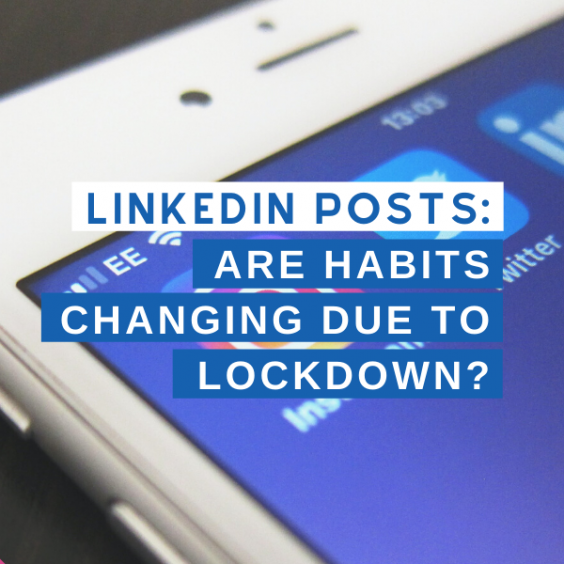All PR pros know by now that securing coverage — or responses — from journalists is becoming a harder and harder game to play. Gone are the days when a compelling pitch or a groundbreaking press release could easily secure media coverage. Breaking news often surfaces first on social media, and with the rapid deterioration of the newsroom, PR pros must find other avenues to get their clients in front of the right reporters.
The question is, how do we do that?
The shrinking newsroom crisis
As newsrooms continue to shrink across the globe, news organizations are in dire need of content that drives clicks and traffic — leading to a rise in clickbait articles, aggregated news sites and sponsored content. In 2025 alone, more than 1,000 journalism jobs were cut across the U.S. and UK. Among the companies most affected by layoffs were The Washington Post, The Wall Street Journal, Dotdash Meredith, NBC News and Forbes.
This decline in professional journalism has been snowballing for years, forcing PR and marketing professionals to shift their focus. Brands are no longer interested in simply appearing in traditional media outlets. Instead, they are building their own newsrooms, hiring top-tier journalists and producing high quality content. As the number of niche legacy publishers continues to decline, brands are filling the void by reshaping how information is created, distributed and consumed.
Social media as a news source
Americans have continued to cite record low trust in mass media. For the third year in a row 36% of Americans claimed to have zero trust in the media, with an additional 33% having “not very much” confidence. The declining trust in the traditional newsroom combined with less reporters to cover an abundance of stories has positioned social media as a primary news source. Although many Americans now use platforms like X, LinkedIn and even TikTok for news, these platforms have significantly altered public perceptions of journalism. Where us folks in the industry may see it as a lesser of two evils, public perception points towards social media as the new “nightly news.”
LinkedIn thought leadership content for instance is set to become the new pitch that journalists use to find sources for their stories, relying further on industry expertise that is unique and straight from the horse’s mouth. For PR professionals, this means that direct engagement on social media has become a powerful way to reach journalists. We have to become a jack of all trades, and that now includes inserting social media strategies into our public relations campaigns.
Podcasts: A growing news medium
In the same way that the decline of traditional news outlets has coincided with the rise of social media as a news source, the same thing is happening with podcasts. With 100 million Americans tuning in weekly, podcasts are now a dominant source of news. In fact, ahead of his 2024 win, President Donald Trump sat down for a pivotal interview. Not with TechCrunch or The New York Times, but with Joe Rogan, the host of one of the world’s most listened to podcasts.
For PR professionals, securing guest spots for clients on influential podcasts may now be just as impactful, if not more so, than traditional media placements.
The rise of independent journalism
As mainstream media declines, journalists are turning to subscription-based newsletters to create highly engaged audiences willing to pay top dollar for premium content. For journalists, Substack and other subscription newsletter platforms present a unique opportunity to enjoy more editorial freedom and write about the subjects they’re most interested in while simultaneously monetizing the resulting content through direct reader support.
Spoiler alert: it’s working. Industry expert and former Bloomberg reporter Eric Newcomer recently announced that his Substack generated $1.6M in revenue last year, further proving that individual journalists can now wield the same, if not greater, impact as legacy media brands. In a similar vein, The Dispatch, a news organization that originated on Substack, recently surpassed $1 million in annual revenue. This sudden success is a direct reflection of the appeal of perceived independence and transparency between writers and audiences.
Independent journalists and their loyal readers aren’t the only ones benefiting from the popularity of newsletter journalism. Large publishers are also turning to email newsletters to deliver targeted content and drive subscription revenue. In fact, Reuters data from 2022 found that mainstream publications were responsible for 53% of emails received by those who subscribed to newsletters.
Like other recent changes in media, the growing popularity of the newsletter format is driven by the diminished trust of the public in the reliability of traditional news outlets. After impactful social events such as the COVID-19 pandemic and the 2024 U.S. presidential election, audiences are now more than ever willing to find and pay for premium content curated by reporters they know and trust.
For PR teams, this means that securing coverage in leading newsletters and independent media outlets may be more valuable than traditional placements. Kamala Harris for example connected with more young women through appearing on the “Call Her Daddy” podcast than she did in both 60 Minutes and The View interviews put together — proof that getting in front of the right audiences doesn’t always require a tier one media hit.
The future of PR in a fragmented media landscape
It’s clear that the media is rapidly evolving in 2025, and we may even see a more fragmented version in 2026. As legacy newsrooms continue to shrink and new forms of media take hold, PR pros must prioritize direct engagement with journalists on social media, pitch experts as guests to influential podcasts and build relationships with journalists on independent platforms like Substack.
The future of media relations will belong to those who aren’t afraid to embrace new formats, build direct journalist relationships and leverage emerging platforms for storytelling. PR professionals and journalists will always have a symbiotic relationship. We just have to get in front of them in different ways!
Buckle up everyone, 2025 is going to be a year of massive change in media relations.




